The iOS 8 Review
by Brandon Chester on September 17, 2014 1:00 PM ESTCamera
iOS 8 puts a lot of focus into improving the camera and photo editing experiences on iOS. Earlier this year we reported on Apple's improvements to the iOS camera APIs that Apple had talked about at WWDC. For the full rundown of the changes Apple has made you should take a look at that article. A basic summary is that Apple has exposed almost every camera option imaginable for developers to use. The caveat comes with the last part of that statement.
While iOS brings many new possibilities for third party camera apps, Apple has always tried to provide a good shooting experience in the stock Camera app with minimal settings to play with. Nonetheless, Apple has still made some improvements to the stock Camera application and very significant improvements to the editing options in the Photos app. However, the improvements to editing come with a cost that I'll discuss later on.
As you can see above, Apple has introduced a slider for controlling image exposure. To invoke this feature a user must tap to focus on a specific area and then slide their finger up or down on the viewfinder to move the position of the sun on the slider. The exposure control does not work when using the camera's autofocus.
Under the hood it seems that Apple's algorithm alters exposure primarily by changing the ISO value. When the ISO hits its upper or lower bound it then resorts to increasing or reducing the shutter speed. It makes sense for Apple to implement the setting in this way as reducing the ISO when aiming for a darker exposure reduces image noise, and avoiding longer shutter times for brighter exposures reduces the chance of shaky or blurry images which can be especially problematic on the iPhones (other than the 6 Plus) which lack optical image stabilization.
Apple has also implemented a shutter timer and a time-lapse capture mode. The shutter timer is fairly self explanatory; it lets the user set a 3 or 10 second delay before the camera takes a photo. The LED flash will blink along with the timer, and the app will take a 10 photo burst shot in case one of the subjects in the photo blinks. The time-lapse feature requires a bit more explanation. Time-lapse captures a photo every two seconds and creates a 30fps video file using the captured photos. This allows for videos of things that occur over long periods of time such as clouds moving, condensing one minute of photos into one second of video.
It's definitely an interesting effect, though it should be noted that the photos are taken at a 1920x1080 crop for a more standard video resolution. Support for 3840x2160 recording would be nice but the iPhone's 4:3 8MP sensor isn't capable of capturing images at that resolution. The other thing to make note of is that because the time-lapse mode is capturing photos, the resulting video file has no audio track, but that's not really a problem with this sort of content.
One final thing to mention is that those who use their iPad for photography will be happy to hear that both the time-lapse and shutter timer features have made their way into the iPad Camera app.
Photos
The Photos app receives a number of improvements in iOS 8. The changes can be divided into two categories. One is the improvements to photo management and integration with iCloud, and the other is a huge improvement in the capabilities of the Photos app's built-in photo editing functions.
The album view receives several new sections. The camera roll no longer exists, having been replaced by the new Recently Added section. Given that the camera roll had become the storage section for every saved photo, it wasn't much of a camera roll anyway. Two new albums have been added to store Time-lapse videos and Recently Deleted photos. On previous versions of iOS, a photo or video could not be recovered once it was deleted; on iOS 8 deleting a photo sends it to the Recently Deleted album where it will actually be deleted from the phone after 30 days. Deleting it again from within the Recently Deleted album deletes it permanently.
New options have also been added to the Photos & Camera section of the Settings application. With all the new iCloud related features in iOS 8 comes a new option to have all photos kept in iCloud, with the most recently viewed or accessed photos also cached locally. This may sound a lot like Photo Stream to some users so it's worth explaining how they differ. Photo Stream is not a place where photos can be kept. Photo Stream keeps photos that are taken for 30 days and pushes them to any devices connected to that Photo Stream. Once those 30 days are over the photo is deleted from iCloud and any newly connected device will not receive it. The iCloud Photo Library acts as a permanent storage for photos that can always be accessed.
Because it's rare that a person will leave a device unconnected to the internet to sync with Photo Stream for more than a month, the choice between using Photo Stream and iCloud Photo Library really becomes a question of whether the user wants photos to be stored locally or in the cloud. Photo Stream does not count against the 5GB of iCloud storage given free to every user but the photos must be kept on a device's local storage to be preserved. With iCloud Photo Library every photo is kept safely in the cloud but each photo stored takes up space in iCloud.
For users who take lots of photos it may be best to use Photo Stream and to keep photos backed up to a computer or another cloud service with more free storage. For users willing to spend extra money, purchasing additional space in iCloud is also an option. Users can also enable both features simultaneously but this results in each photo using storage in both iCloud and on all devices, which isn't an efficient use of space.
This brings us to a point that's more about iCloud in general. The 5GB of free storage for iCloud is quite small compared to what Apple's competitors in this space are offering. Both Google Drive and Microsoft OneDrive offer users 15GB of storage for free. I suspect that with Apple continuing to build out their iCloud service that we'll see the 5GB limit increased, or features like iCloud backups will be changed to no longer be counted as space used.
Update: I've received reports from users that iCloud Photo Library is not included in the final release of iOS 8. For users that have the Yosemite developer preview or consumer preview installed and signed into iCloud, the iCloud Photo Library option will be on your device. For all other users, it will be introduced in a later iOS update in October as a beta feature. Thank you to nvmarino in the comments for figuring that out.
Editing receives some great new tools as well. iOS 7 didn't have much in the way of editing beyond an auto-enhance function, filters, and cropping. iOS 8 brings a new rotation feature to the cropping menu for fixing skewed photos, new color and light controls, and the ability to include custom filters from third party applications.
Above you can see the new interface for rotating photos and the menu for adjusting image color settings. When selecting a setting to alter, the application provides the user with a simple slider that adjusts various settings like saturation, contrast, brightness, etc. These separate settings can also be changed manually by the user if they want to go beyond the simplified slider interface. All edits made in the Photos app are non-destructive, and the image can be reverted to its original look at any time. The new editing features are a nice addition to the Photos app, but as I stated earlier there's a cost to these changes:
These changes mark the death of iPhoto for iOS. The problem with this is that the new features in the Photos app don't provide anywhere near the number of editing options that were available in iPhoto. Some users may feel that this is another step in a trend of Apple snubbing power users, much like when the 2013 update for Apple's iWork suite removed AppleScript support and various features in an attempt to have parity between the iOS and OS X applications. Many of those features were eventually re-added over time, but with Photos being a stock iOS application it can only receive improvements as part of iOS software updates. It will be interesting to see what Apple does in this situation. It's possible that, much like their retirement of Aperture and work to help users migrate to Adobe's Lightroom software, Apple may feel that other developers are better suited to create comprehensive photo editing applications for iOS.


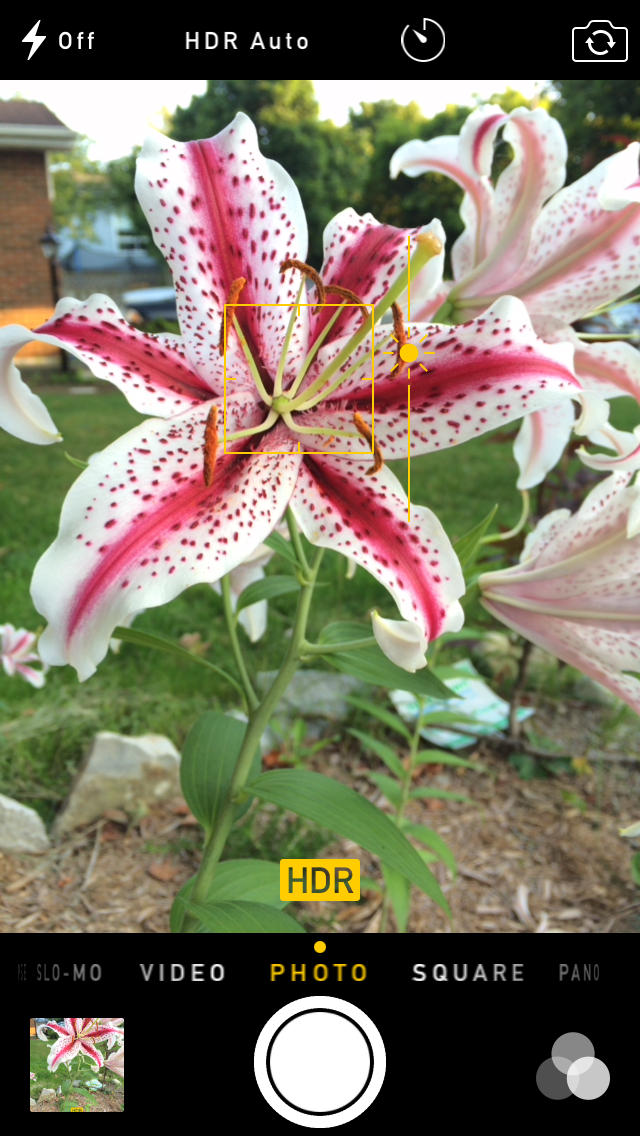
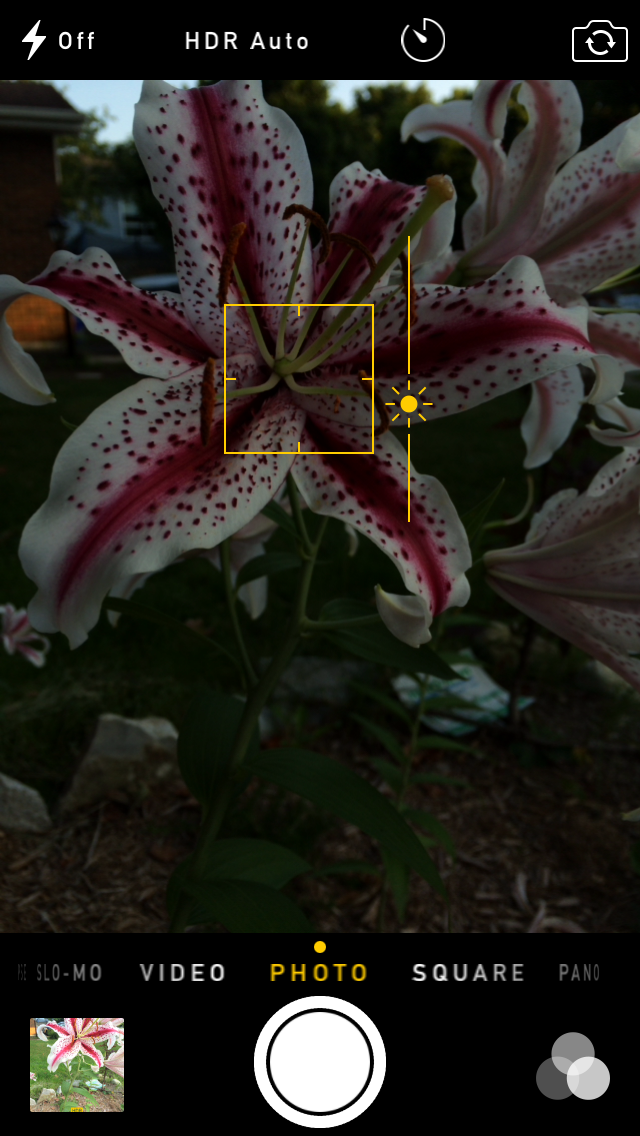
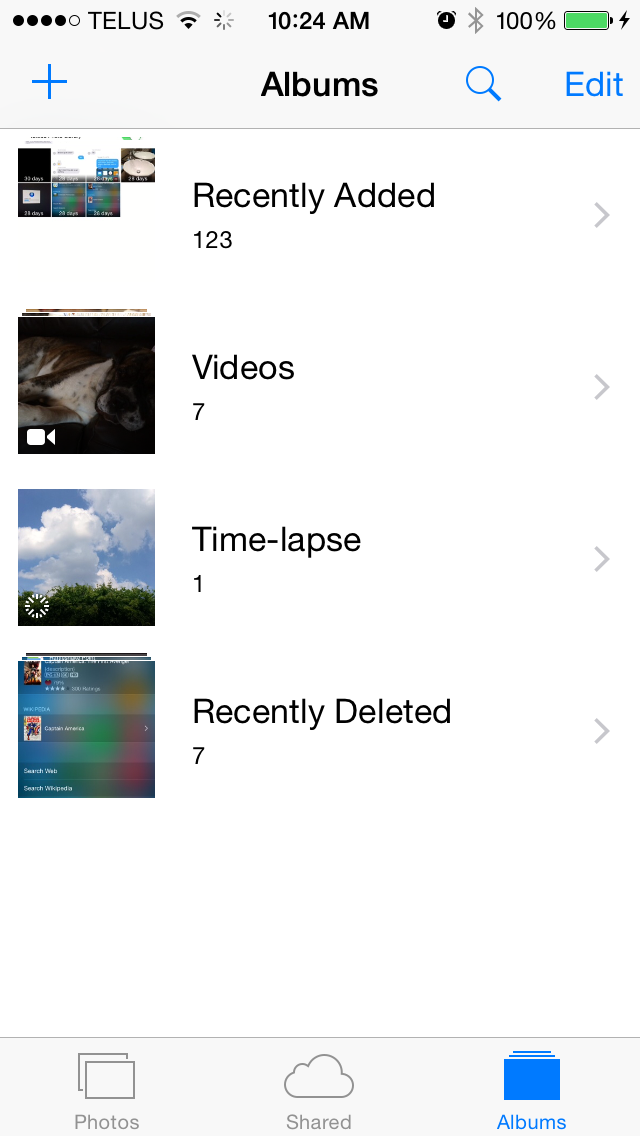
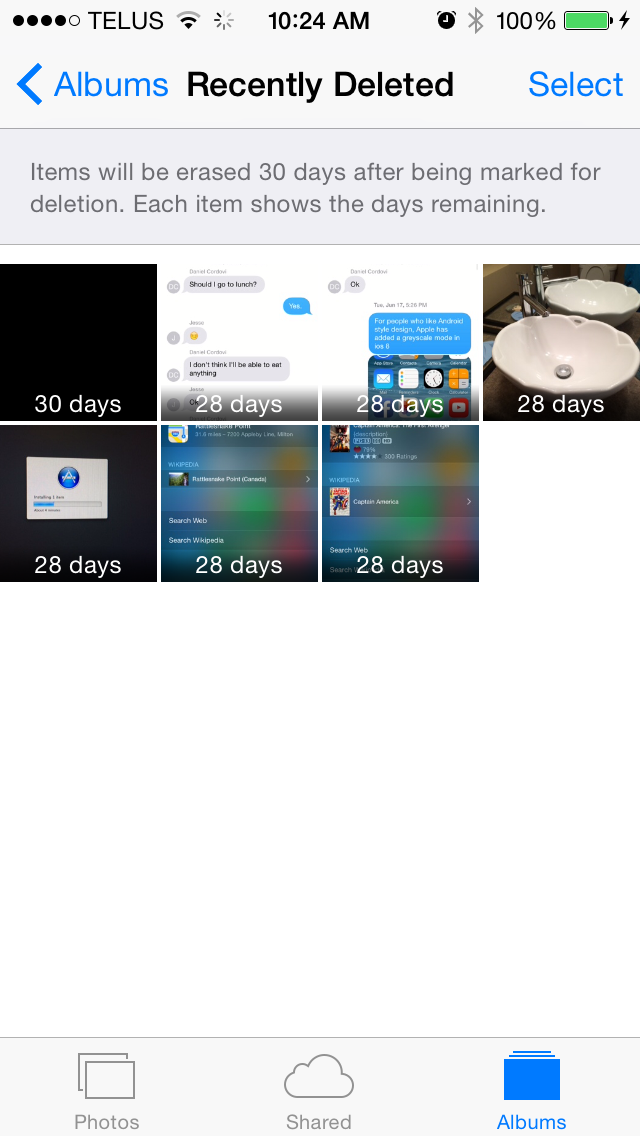
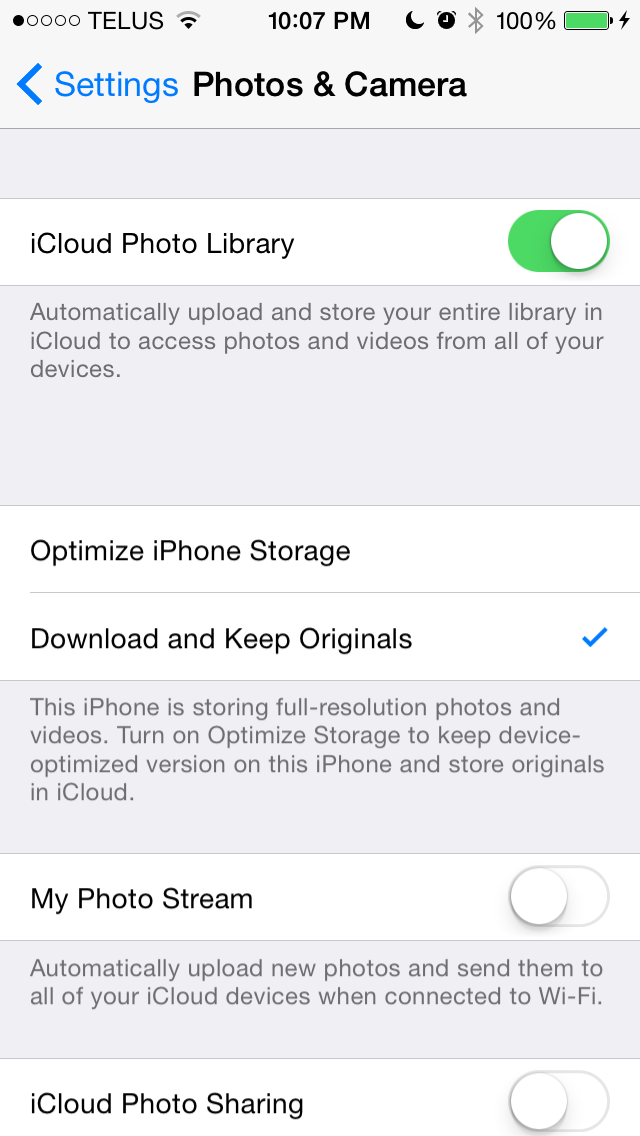


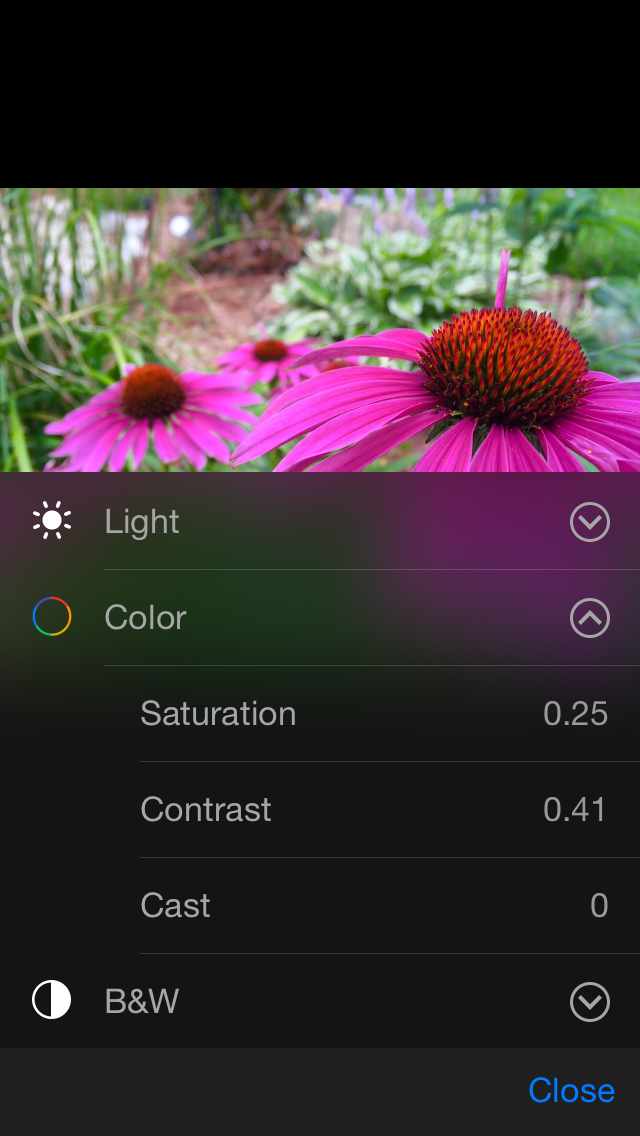
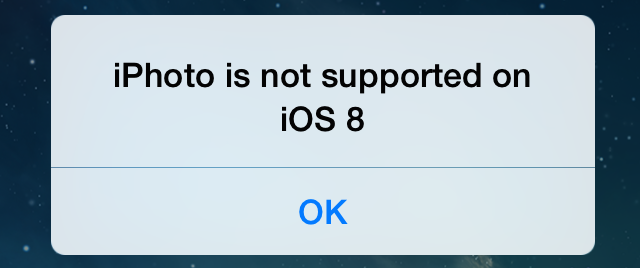








164 Comments
View All Comments
retrospooty - Wednesday, September 17, 2014 - link
"from the perspective of a user there's no real wow factor with iOS 8 right now."Wow... Great to see we are allowed to say something slightly negative about Apple now. Seems like its been a long time.
Larryt2000 - Wednesday, September 17, 2014 - link
IDK.... IOS 8's Hand off feature works with third party apps as well as Apple apps, which is insane. Its functionality times 100. That's an insane wow factor. What developers are already doing with IOS 8 features, is crazy. TouchID integration, extensions features from other apps, and the huge developer support on freakin day one, which is something Android and Windows would die for. This is pretty huge.Impulses - Wednesday, September 17, 2014 - link
That was Brandon's point, that part will be a big change, but it's not something someone will realize immediately after starting to use iOS8, hence the lack of wow factor.Mobile OS releases WILL reach a point eventually where they go thru their ME/Vista/8 phases and people are unhappy, underwhelmed, or completely ambivalent.
The big problem then will choice, you can easily choose to stick with XP/7 for years, not so much on mobile.
Impulses - Wednesday, September 17, 2014 - link
I should add, Android is much more likely to face that kinda scenario, Apple and it's users are already more accustomed to a my way or the highway approach (not a shot, it's just a different approach to design) and they've preconditioned Mac already.A year or two ago I fouled l could see Apple losing more market share on mobile but now I think they'll always have a larger maker share there than on desktops.
Larryt2000 - Wednesday, September 17, 2014 - link
Yeah...I can understand users not noticing the features up front, but with the shear amount of developer app updates, and the amount of developer excitement has developers talking up these new features all over the app store. IDK... I think it will take a long time to get people underwhelmed about Apple stuff. I cant see them in the near future approaching a Vista, or Win 8 (which was a mess) phase.Morawka - Wednesday, September 17, 2014 - link
will handoff for imessage be coming to PC? like motorolla connect or jailbroken remote messages?realbabilu - Thursday, September 18, 2014 - link
Unfortunately handoff is gone now in PC hackintosh Yosemite DP7 with BT 4.0 BCM. it was ok on DP6.aktariel - Saturday, September 20, 2014 - link
SMS Relay is currently disabled on DP7 (even for legit Macs). It will likely return when Yosemite is officially released.Deelron - Wednesday, September 17, 2014 - link
I'm not sure it's exactly negative, nor positive unless the prevailing thought is that a free (well, already paid for by owning the type of device) needs some sort of "wow factor" for it to propagate to user devices, particularly as mobile OS's get more mature.theNiZer - Thursday, September 18, 2014 - link
Spot on!